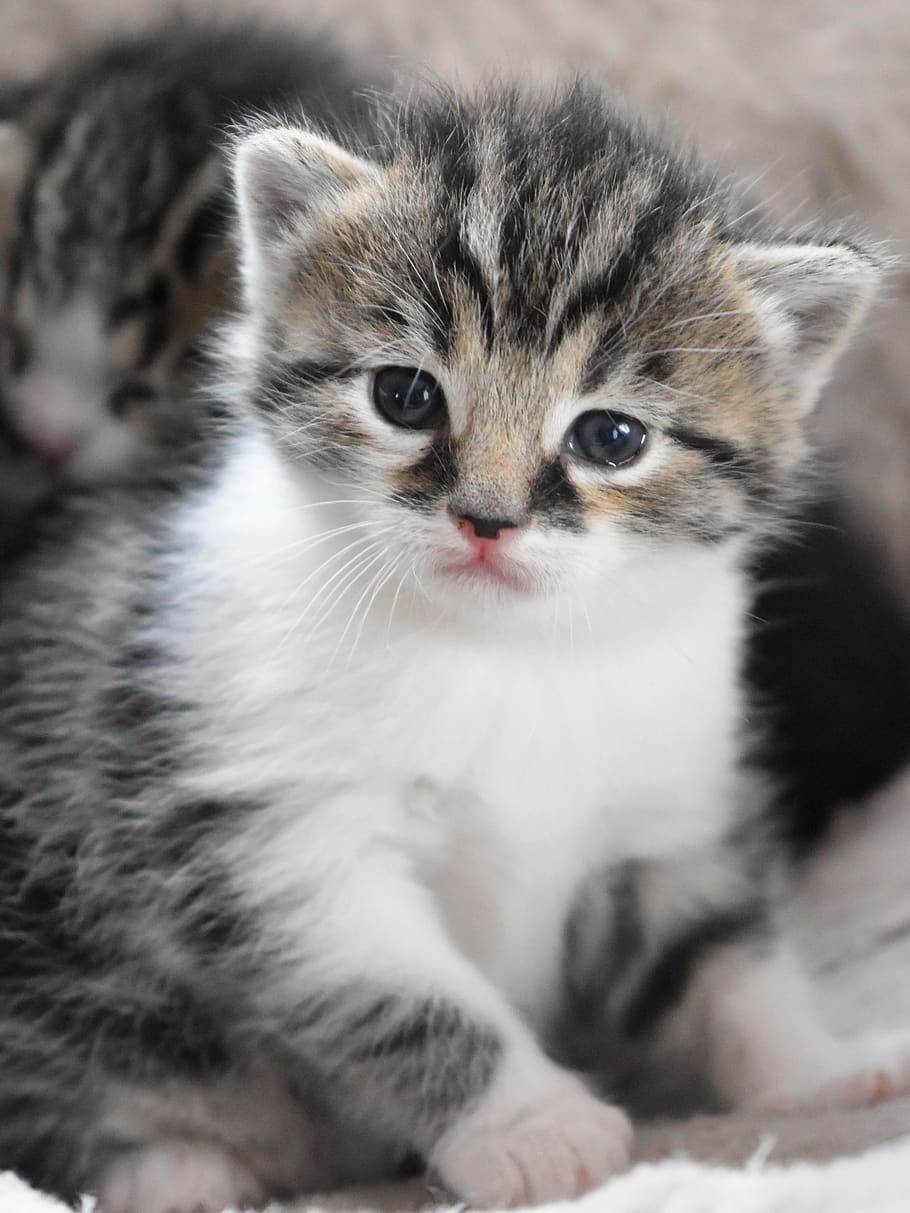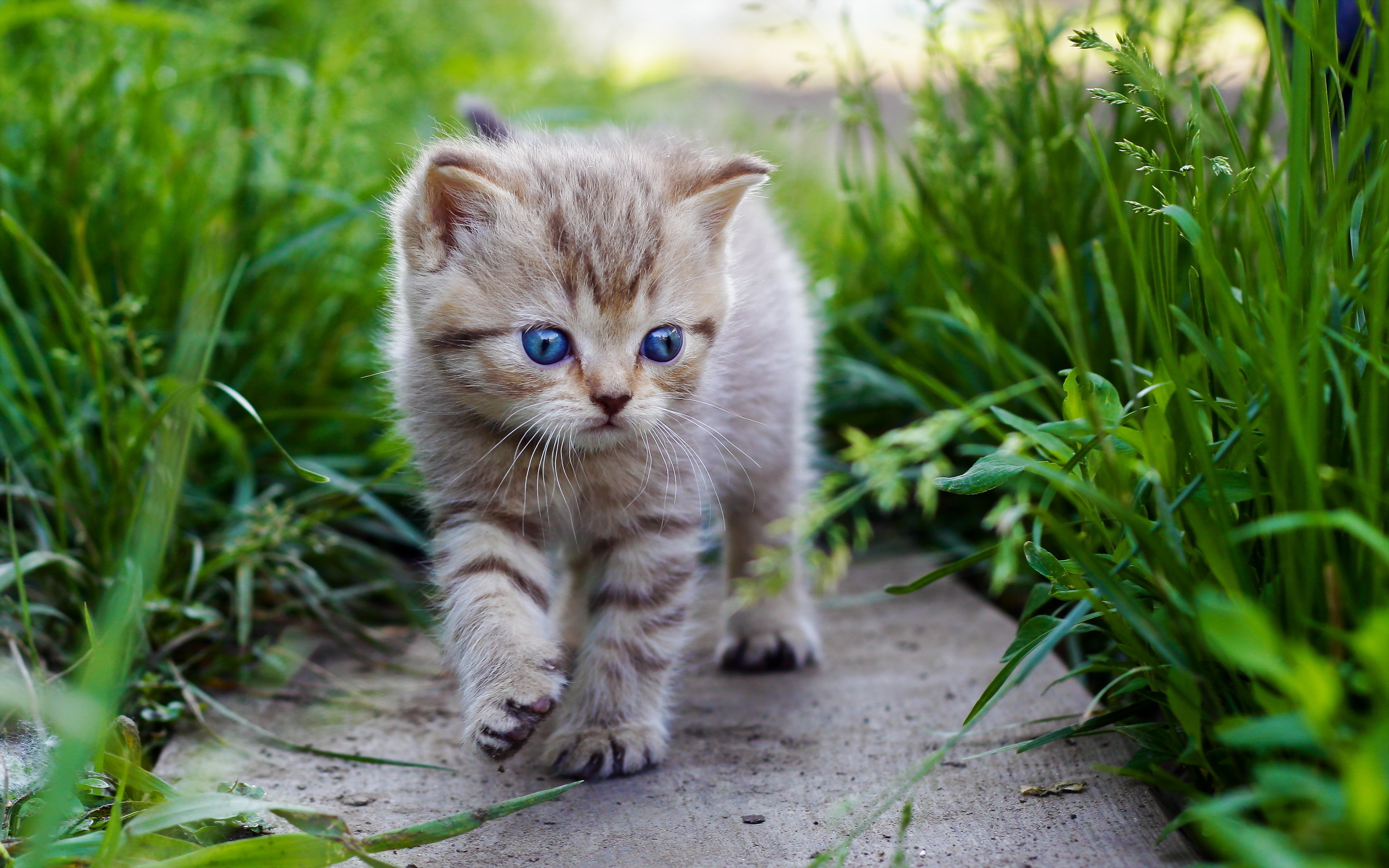Cats and babies often share a unique connection that can be both heartwarming and fascinating. When you bring a new baby into your home, your feline friend may experience a mix of emotions ranging from curiosity to protectiveness. This relationship, often referred to as "cat temps baby," can bring joy and companionship to the entire family. Understanding how to foster this bond and ensure a harmonious environment is essential for pet owners navigating this new phase of life. In this article, we will explore the dynamics of this relationship and provide actionable tips to create a safe and loving space for both your cat and baby.
As your baby grows, the interactions between your cat and your little one will evolve. Cats, being highly observant creatures, may pick up on the baby's cues and respond accordingly. While some cats may display affection and playfulness, others might need time to adjust. It's crucial to monitor these interactions closely and establish boundaries to ensure the safety and well-being of both your cat and baby. By understanding their needs and behaviors, you can create a balanced environment where both can thrive.
Throughout this article, we will delve into the intricacies of the "cat temps baby" dynamic, offering insights and advice to help you navigate this unique relationship. From understanding your cat's behavior to creating a safe space for your baby, we will cover everything you need to know to foster a harmonious bond between your furry friend and your newest family member. Let's explore how you can make this transition smooth and enjoyable for everyone involved.
- Unveiling The Allure Of Indyanna Daigle A Journey Through Fame And Legacy
- Unveiling Janet Sheens Grandchildren A Closer Look At Her Family Legacy
What Is the Cat Temps Baby Dynamic?
The term "cat temps baby" refers to the relationship between cats and infants, highlighting how cats adjust to the presence of a new baby in the household. This dynamic can vary greatly depending on the cat's personality, previous experiences, and the environment in which they live. Some cats may exhibit protective behavior, while others may be more aloof. Understanding these nuances is key to fostering a positive relationship between your cat and baby.
Why Do Cats React Differently to Babies?
Cats have individual personalities and temperaments, which influence how they respond to the arrival of a baby. Factors such as age, breed, and past experiences can all play a role in shaping their behavior. For instance, a cat that has been around children may be more accustomed to the sounds and movements of babies, whereas a cat with no prior exposure may take longer to adjust. Recognizing these differences can help you anticipate and address potential challenges.
How Can You Prepare Your Cat for a New Baby?
Preparing your cat for the arrival of a baby is essential to ensure a smooth transition. Start by gradually introducing baby-related sounds and smells, such as playing recordings of baby cries or letting your cat sniff baby clothes. This exposure can help your cat become familiar with the new environment and reduce anxiety. Additionally, maintaining a consistent routine for your cat can provide a sense of stability during this period of change.
- Maria Victoria Henao A Rising Star In The Spotlight
- Discover The Ultimate Living Experience With Ullu Home
Is Your Cat Protective of the Baby?
Many cat owners have observed their feline companions displaying protective behavior toward their babies. This can manifest in various ways, such as sitting near the crib or watching over the baby while they sleep. While this behavior can be heartwarming, it's important to ensure that your cat's proximity to the baby does not pose any risks. Supervision and setting boundaries can help maintain a safe and harmonious environment.
Can Cats Sense a Baby's Needs?
Cats are highly intuitive animals and may be able to sense a baby's needs through their keen senses. For example, a cat might notice subtle changes in a baby's breathing or movements and respond accordingly. This heightened awareness can strengthen the bond between your cat and baby, creating a unique connection that is both fascinating and rewarding. Encouraging positive interactions can further enhance this relationship.
What Should You Do If Your Cat Seems Aggressive?
If your cat displays aggressive behavior toward your baby, it's important to address the issue promptly. Aggression can stem from fear, territoriality, or lack of proper socialization. Identifying the root cause and implementing appropriate interventions, such as providing a safe space for your cat or consulting a veterinarian, can help resolve the problem. Consistency and patience are key to restoring harmony in your household.
Creating a Safe Environment for Cat Temps Baby
Ensuring a safe environment for both your cat and baby is paramount. This involves taking steps to baby-proof your home, securing hazardous items, and establishing boundaries. For example, you can install baby gates to restrict access to certain areas or use deterrents to prevent your cat from jumping onto surfaces where the baby spends time. These measures can help prevent accidents and promote a peaceful coexistence.
How Can You Encourage Positive Interactions?
Encouraging positive interactions between your cat and baby can strengthen their bond and create lasting memories. Simple activities, such as allowing your cat to observe the baby from a safe distance or offering treats during supervised playtime, can foster trust and affection. It's important to supervise these interactions closely and intervene if necessary to ensure the safety of both parties.
What Are Some Common Mistakes to Avoid?
When navigating the "cat temps baby" dynamic, there are several common mistakes to avoid. For instance, leaving your cat and baby unsupervised or neglecting your cat's needs during this transition can lead to stress and conflict. Additionally, sudden changes in routine or environment can disrupt the balance of your household. By anticipating these challenges and addressing them proactively, you can create a harmonious environment for everyone.
Understanding Your Cat's Behavior
Understanding your cat's behavior is crucial to fostering a positive relationship with your baby. Cats communicate through body language, vocalizations, and other subtle cues. Learning to interpret these signals can help you anticipate their needs and respond appropriately. For example, a cat that purrs and rubs against the baby may be expressing affection, while a cat that hisses or growls may be feeling threatened. Recognizing these behaviors can help you create a safe and supportive environment for both your cat and baby.
What Are Some Signs of Stress in Cats?
Cats can experience stress when faced with changes in their environment, such as the arrival of a new baby. Common signs of stress include changes in appetite, grooming habits, and litter box behavior. Additionally, your cat may become more withdrawn or display aggressive behavior. Identifying these signs early and addressing the underlying causes can help alleviate stress and promote well-being.
How Can You Strengthen the Cat Temps Baby Bond?
Strengthening the bond between your cat and baby involves fostering positive interactions and creating opportunities for connection. This can include activities such as reading stories to your baby with your cat nearby or allowing your cat to explore the baby's room in a controlled manner. By incorporating your cat into daily routines and providing opportunities for socialization, you can enhance their relationship and create a harmonious household.
Table of Contents
- Understanding the Unique Bond: Cat Temps Baby and Their Heartwarming Connection
- What Is the Cat Temps Baby Dynamic?
- Why Do Cats React Differently to Babies?
- How Can You Prepare Your Cat for a New Baby?
- Is Your Cat Protective of the Baby?
- Can Cats Sense a Baby's Needs?
- What Should You Do If Your Cat Seems Aggressive?
- Creating a Safe Environment for Cat Temps Baby
- How Can You Encourage Positive Interactions?
- What Are Some Common Mistakes to Avoid?
In conclusion, the "cat temps baby" dynamic is a fascinating and rewarding aspect of family life. By understanding your cat's behavior, preparing for the arrival of a baby, and fostering positive interactions, you can create a harmonious environment where both your cat and baby can thrive. Embrace this unique bond and enjoy the heartwarming moments that come with it. With patience, care, and attention, you can ensure a joyful and peaceful coexistence for your entire family.
- Unveiling The Remarkable Journey Of Jill Kenmont An Inspiring Story
- Lisa Costa Model Rising Star In The Fashion World

